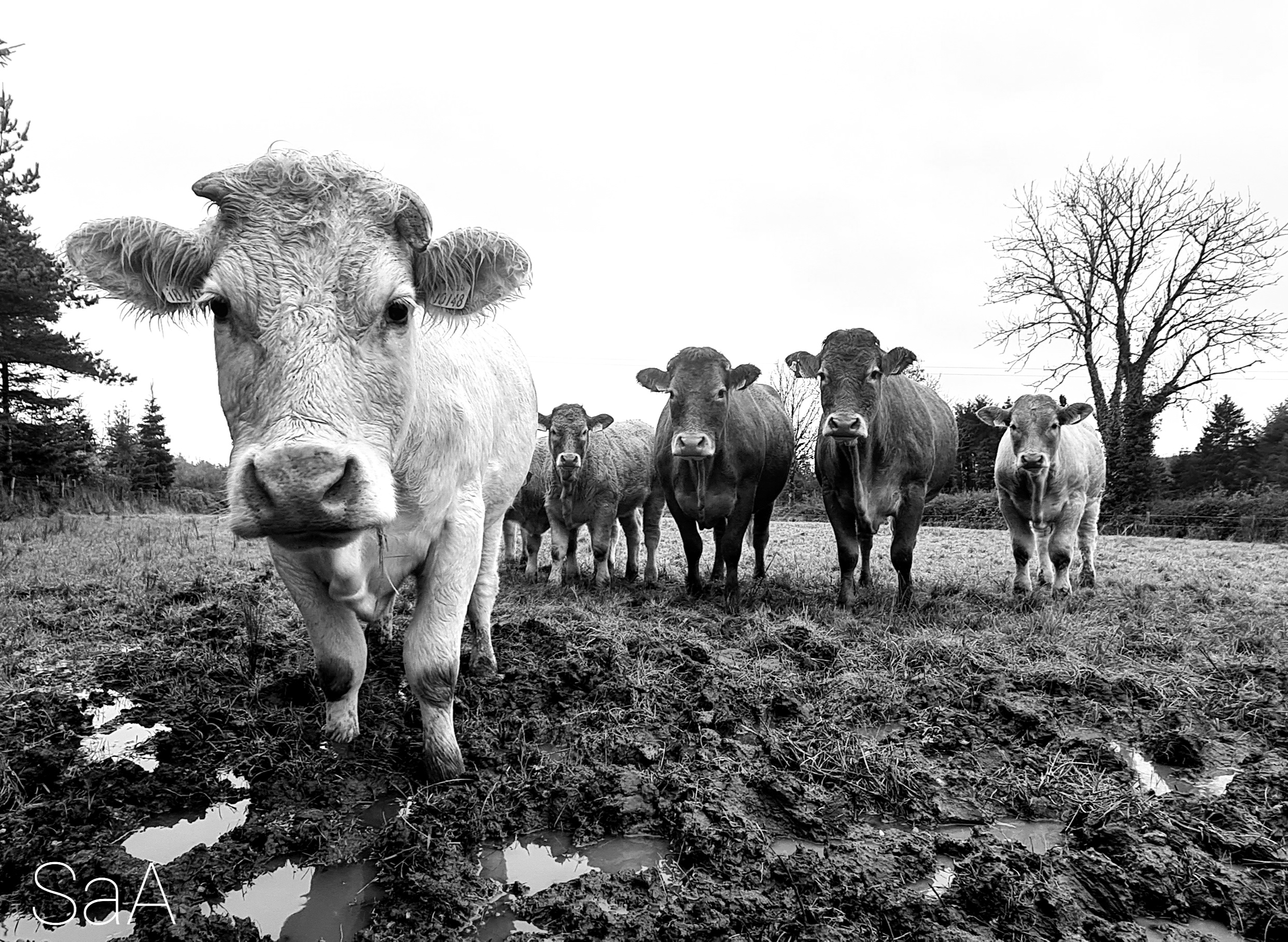Farm management tips for December
By Daniel Hession – Nutritionist & Technical Manager
Dairy
- Feed dry cows based on their Body Condition Score (BCS) at drying off, silage quality (DMD) and length of the dry period to ensure cows calve at the target BCS.
- Farmers who are starting to calve cows from early February will need to start feeding dry-cow minerals from mid - December (minimum 6 weeks pre-calving).
- Feed pre-calver minerals at the recommended rate (usually 100 - 120g per cow per day). Spread half in morning and half in evening on top of the silage.
- Make sure your pre-calver mineral meets your deficiency requirements on the farm by undertaking a silage mineral analysis – contact your local FCS for more information.
Beef
- Where store cattle will return to grass in spring, you would ideally still like them to gain around 0.5 kg/day over the winter. Whether they can achieve this or not on silage only depends on the silage quality. A silage of 72% plus DMD would sustain the 0.5kg/day on its own, whereas a 67% DMD silage would need to be supplemented with around 2 kg of concentrate per day for the same gain.
- Some farms are reporting issues with lice burden this year and this will affect thrive.
Where cattle have already been treated for lice, they should be checked two to three weeks after the initial treatment just to make sure they are not showing signs of re-infestation. The reason you may have to treat again after two to three weeks is to kill off any lice that have hatched from eggs since your last treatment. Remember only pour-on products are effective against biting lice. Lice spread very readily between cattle and the main route of transmission is by direct contact, so all contact animals should be treated at the same time. It is also important to treat any bought-in animals before they are let join any groups of housed cattle that have been already treated.
Sheep
- By mid December, the aim for midseason flocks is to have 80% of their grazing paddocks closed.
- Consider housing any remaining lambs and finishing them indoors. This will leave the remaining grass available to feed the ewes. Only feed concentrates to lambs that have been formulated for lambs.
- To get the best results, aim to scan ewes as close to 80 days post ram turnout as possible. Using the scanning results, ewes should be divided on the basis of predicted litter size so they can be fed accordingly.
- Address any lameness issues in advance of housing. If you haven't done so already, wash and disinfect all sheds pre-housing.
- It’s a good time to pay some attention to rams on the farm. Treat any health issues, particularly lameness. Ram lambs are still susceptible to stomach worms so they may need to be treated with an effective wormer. Fluke is also likely to be an issue, it’s important to treat rams as well. Rams will have lost condition during the mating period, which will be difficult to regain from forage at this stage of the season. Providing concentrate supplementation (e.g., 0.5 kg per head per day) of a suitable ration, particularly to ram lambs, during the post-mating period will help them to regain condition.

